In the world of sugar-free baking, finding the perfect natural sweetener substitute can be a game-changer for health-conscious bakers. Among the many options available, mashed banana has emerged as a popular alternative to refined sugar, offering not only sweetness but also moisture and nutritional benefits. Understanding the right substitution ratios is key to achieving the desired texture and flavor in your baked goods without compromising on quality.
The Science Behind Banana as a Sugar Substitute
Bananas, especially when overripe, are naturally high in fructose, glucose, and sucrose – the same sugars found in table sugar but accompanied by fiber, vitamins, and minerals. When mashed, these fruits release their natural sugars while contributing a subtle banana flavor that works well in many recipes. The pectin in bananas also helps bind ingredients together, making them particularly useful in egg-free or vegan baking.
What makes bananas truly special as a sugar alternative is their moisture content. Unlike dry sweeteners that can leave baked goods crumbly, banana puree adds hydration that often allows bakers to reduce other liquid ingredients in the recipe. This dual functionality makes bananas a versatile ingredient in the sugar-free baker's pantry.
General Substitution Guidelines
As a rule of thumb, you can replace 1 cup of granulated sugar with approximately 1 cup of mashed banana (about 2-3 medium bananas). However, this is just a starting point. The exact ratio depends on several factors including the ripeness of the bananas (brown-spotted bananas are sweeter), the type of baked good, and personal taste preferences.
For recipes where sugar plays a structural role (like in some cookies or cakes), you may need to make additional adjustments to dry ingredients. Since bananas add extra moisture, it's often necessary to slightly increase flour or add a binding agent like chia seeds or flaxmeal to compensate for the missing crystalline structure that sugar normally provides.
Recipe-Specific Adjustments
In quick breads and muffins, bananas substitute beautifully for sugar at a 1:1 ratio by volume. These recipes typically have enough other dry ingredients to absorb the extra moisture. For cookies, you might want to start with 3/4 cup banana per 1 cup sugar and adjust from there, as cookies require more precise moisture balance to maintain their texture.
Cakes present an interesting challenge. While banana can replace sugar in denser cakes like carrot or zucchini cake quite successfully, lighter sponge cakes might suffer texturally. In these cases, some bakers prefer using half banana and half another sweetener like applesauce or date paste to achieve the right balance of sweetness and structure.
Flavor Pairing Considerations
The distinct flavor of banana makes it ideal for certain baked goods but potentially overpowering in others. It pairs wonderfully with warm spices like cinnamon, nutmeg, and allspice, as well as with ingredients like chocolate, peanut butter, and coconut. For more neutral-flavored items, using very ripe bananas (where the banana flavor is more mellow) or combining with other sweeteners can help mask the banana taste.
Some creative bakers have discovered that roasting bananas before mashing them creates a deeper, caramel-like flavor that works exceptionally well in recipes where you'd normally use brown sugar. This technique can expand the range of recipes where banana works as a sugar substitute.
Nutritional Impact
Switching from sugar to banana puree doesn't just eliminate refined sugars – it adds nutritional value. Bananas provide potassium, vitamin B6, vitamin C, and dietary fiber. However, it's important to note that bananas still contain natural sugars, so while they're a healthier alternative, they're not necessarily low-calorie. The fiber content does help slow sugar absorption, making them a better choice for blood sugar management.
For those monitoring carbohydrate intake, bananas do contain more carbs per cup than some other fruit purees. In such cases, using banana in combination with low-carb sweeteners like erythritol or stevia might be preferable while still benefiting from banana's moisture and binding properties.
Troubleshooting Common Issues
One frequent challenge when using banana as a sugar substitute is dealing with excess moisture. If your baked goods turn out too dense or gummy, try reducing other liquids in the recipe by about 1/4 cup for every cup of banana used. Alternatively, you can roast or dehydrate the mashed banana slightly before adding it to remove some moisture.
Browning can also occur faster in banana-sweetened baked goods due to the fruit's natural sugars caramelizing. Reducing oven temperature by 25°F (about 15°C) and checking for doneness a few minutes early can prevent over-browning while ensuring thorough cooking.
Advanced Techniques
For bakers looking to perfect their banana sugar substitutions, experimenting with banana powder (dehydrated ground banana) offers interesting possibilities. When reconstituted with water, it provides banana's sweetness with more controlled moisture levels. Some professional bakers combine fresh banana puree with banana powder to fine-tune both sweetness and texture.
Another advanced method involves fermenting mashed bananas for 24-48 hours before use. This process, similar to making banana vinegar but stopped earlier, can enhance sweetness while reducing the distinct banana flavor, making it more versatile across different recipes.
The Future of Banana Sweeteners
As interest in natural, minimally processed sweeteners grows, food scientists are exploring ways to concentrate banana's sweetness while minimizing its distinctive flavor. Early experiments with banana syrup and crystallized banana sugars show promise for creating more neutral sweetening options that retain banana's nutritional benefits.
Home bakers today have the opportunity to be at the forefront of this natural sweetener revolution. By mastering banana sugar substitutions and sharing their discoveries, they're helping shape the future of healthier baking – one mashed banana at a time.
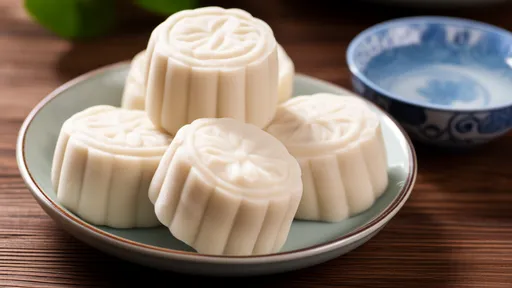
By /Jul 31, 2025
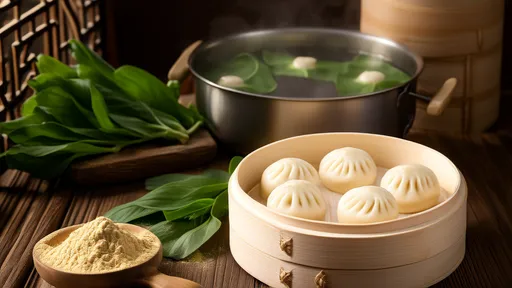
By /Jul 31, 2025

By /Jul 31, 2025
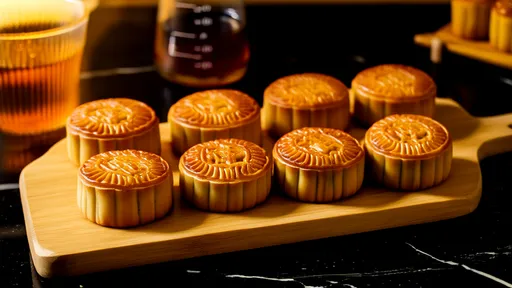
By /Jul 31, 2025
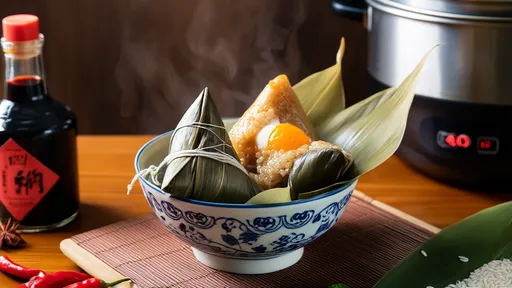
By /Jul 31, 2025
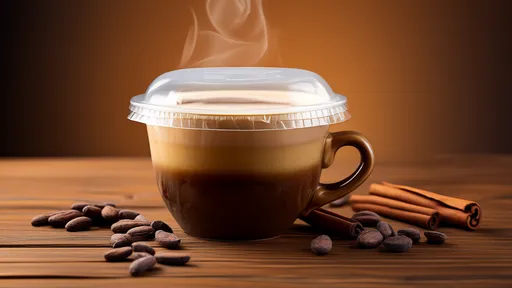
By /Jul 31, 2025

By /Jul 31, 2025

By /Jul 31, 2025
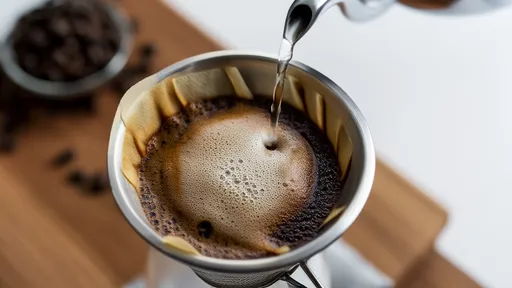
By /Jul 31, 2025
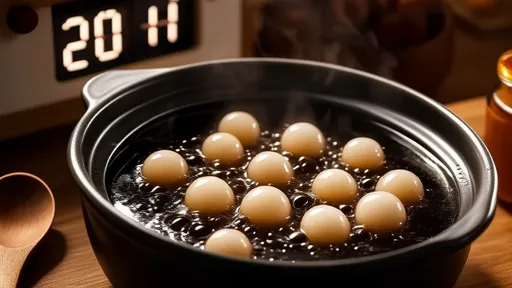
By /Jul 31, 2025

By /Jul 31, 2025
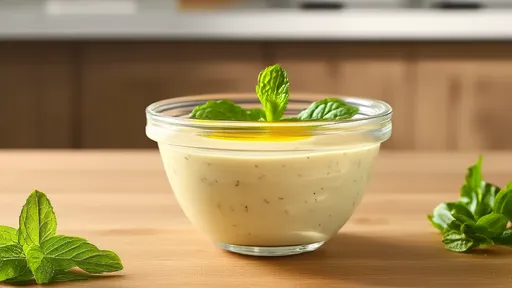
By /Jul 31, 2025

By /Jul 31, 2025

By /Jul 31, 2025
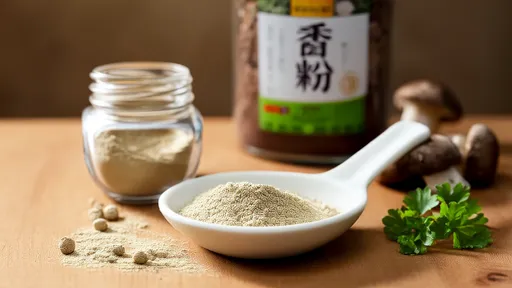
By /Jul 31, 2025
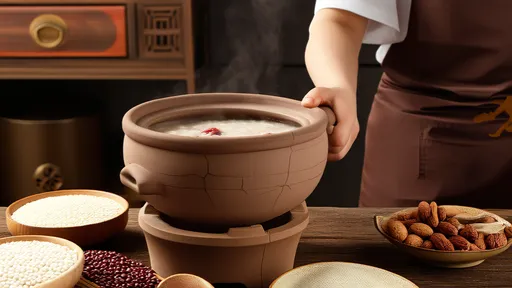
By /Jul 31, 2025
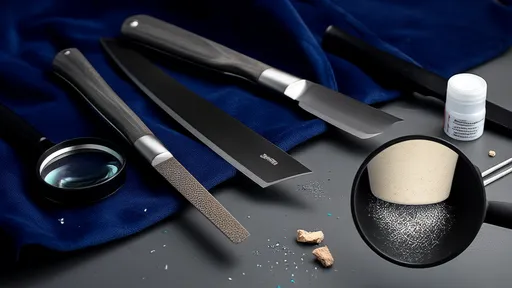
By /Jul 31, 2025
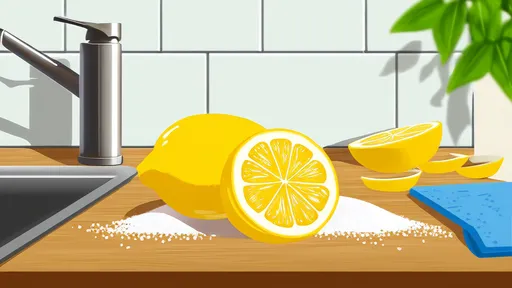
By /Jul 31, 2025
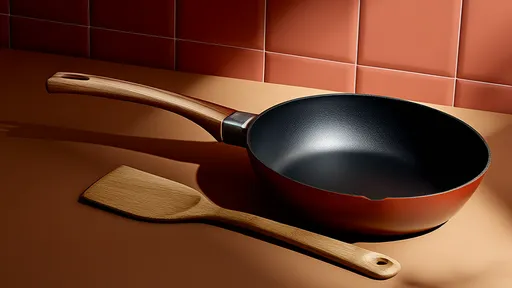
By /Jul 31, 2025
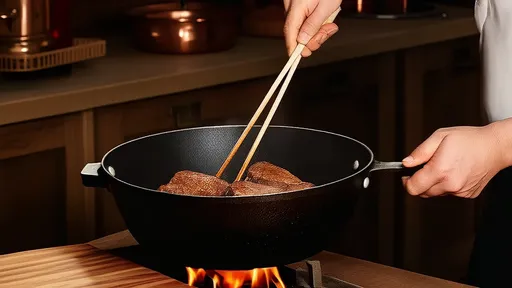
By /Jul 31, 2025